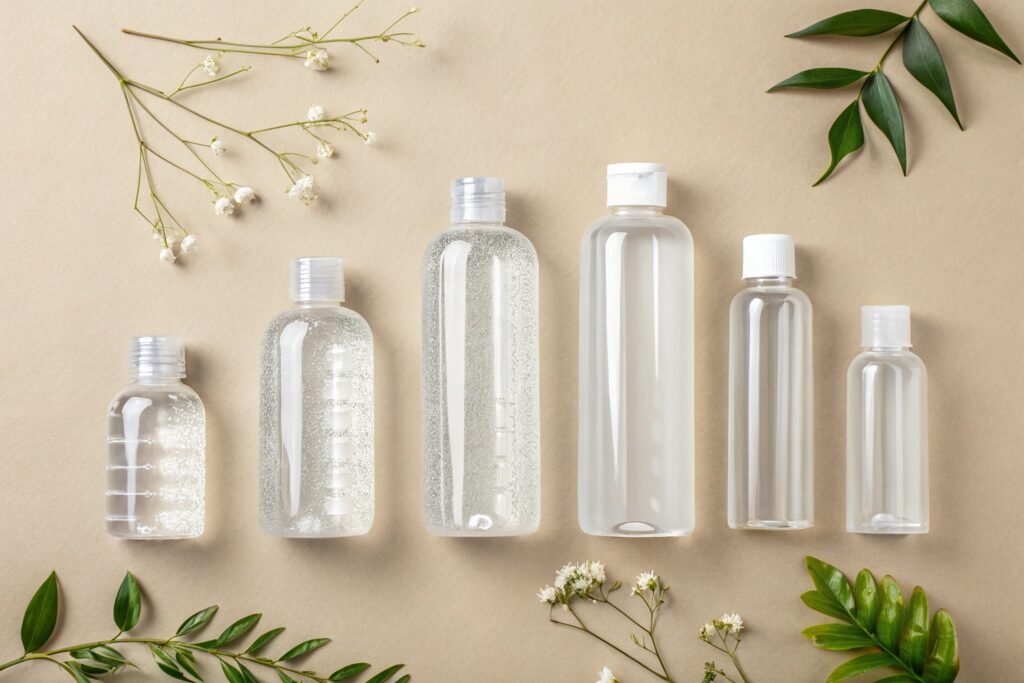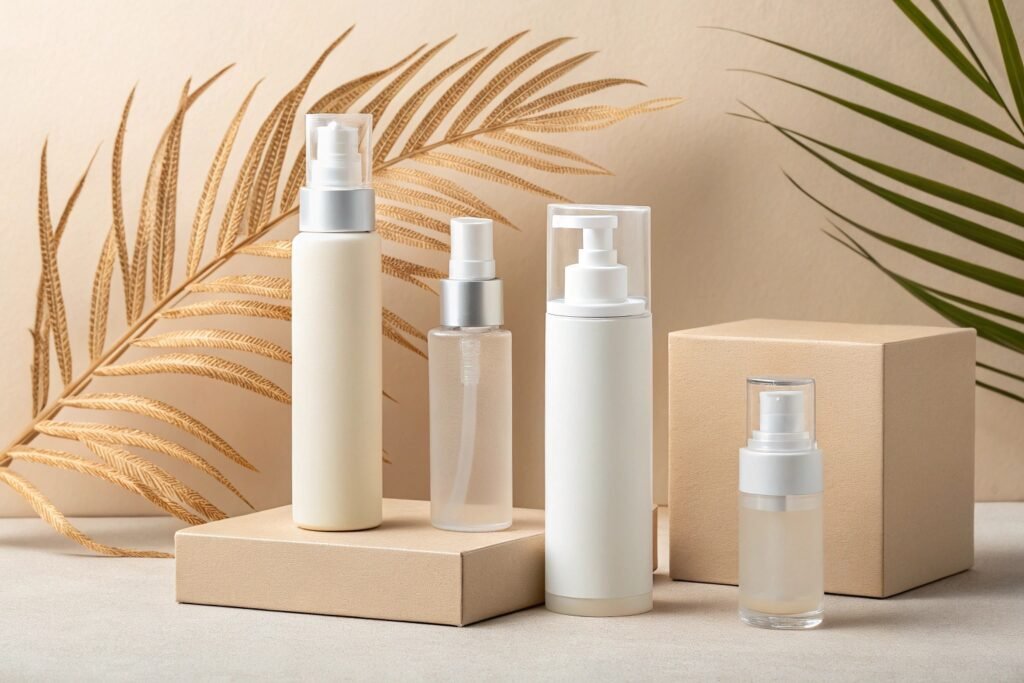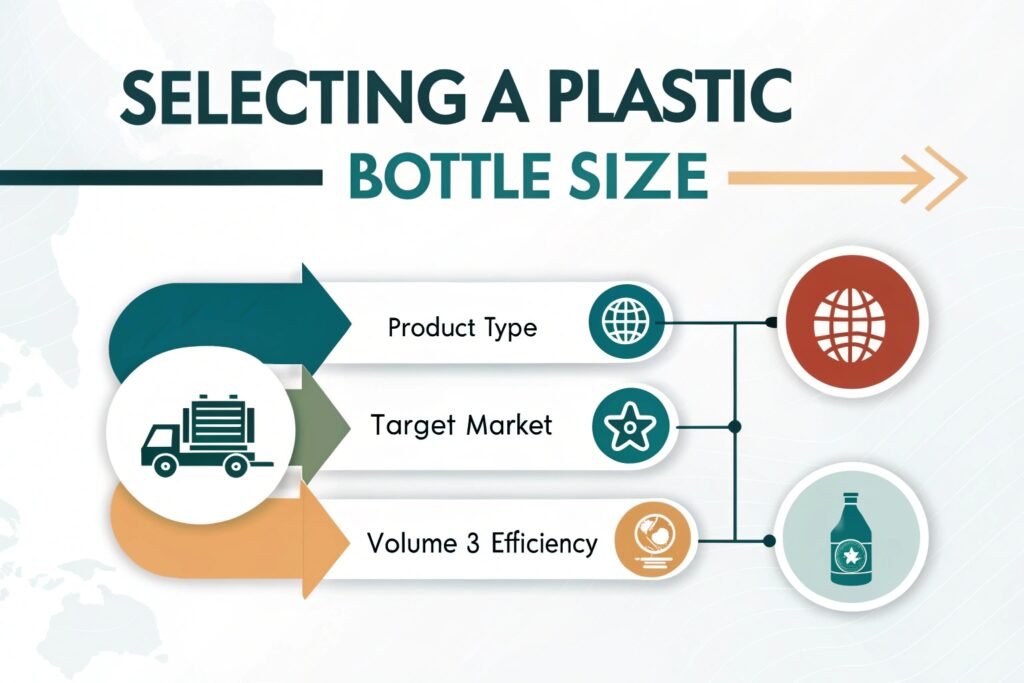Every product creator faces this challenge - selecting the right bottle size feels like solving a puzzle. Too big wastes money, too small frustrates customers. I've helped countless clients navigate this critical decision.
The ideal bottle size depends on your product type, usage frequency, and target market. For skincare, 30-50ml is standard for serums, while supplements typically need 100-200ml bottles for monthly supplies. Always add 15-20% extra capacity for proper filling and handling.

With over 15 years in plastic packaging manufacturing, I've learned that bottle sizing impacts everything from shipping costs to customer satisfaction. Let me share my expertise to help you make the right choice for your business.
What Size Bottles Are Most Popular for Skincare Products?
I often see new skincare brands struggling with size selection1, potentially losing sales due to wrong packaging choices. This decision can make or break your product's market success.
For skincare products2, the most common sizes are: 15ml for samples and travel sizes, 30ml for serums and eye creams, 50ml for daily moisturizers, and 100ml for cleansers and toners. Premium products typically use smaller sizes to justify higher price points.

Understanding Skincare Packaging Dynamics
When selecting skincare bottle sizes, consider these key factors:
Product Type and Consistency
| Product Type | Recommended Size | Reasoning |
|---|---|---|
| Serums | 15-30ml | Concentrated formula, small daily usage |
| Moisturizers | 50-100ml | Regular daily application |
| Cleansers | 100-200ml | Frequent usage, larger amount needed |
| Toners | 100-250ml | Liberal application method |
Market Positioning and Price Point
- Premium segment: Smaller sizes (15-30ml) create perception of exclusivity
- Mass market: Larger sizes (100-200ml) offer better value proposition
- Travel-friendly: 15-30ml meets airline regulations
- Professional use: 250-500ml for salon applications
What Size Bottle Do You Need for 30 Capsules?
Many supplement manufacturers come to me confused about bottle sizing3 for their capsule products. Wrong sizing can lead to unnecessary costs and storage issues.
For 30 capsules, a 60-75ml bottle typically provides optimal space. This allows for easy dispensing while maintaining a professional appearance. For standard-sized capsules4 (00 size), add approximately 30% volume for proper filling and handling.

Calculating Capsule Bottle Requirements
Consider these technical specifications:
Capsule Size to Volume Ratio
| Capsule Size | Single Capsule Volume | 30-Count Bottle Size |
|---|---|---|
| Size 00 | 0.95ml | 75ml bottle |
| Size 0 | 0.68ml | 60ml bottle |
| Size 1 | 0.50ml | 50ml bottle |
| Size 2 | 0.37ml | 45ml bottle |
Additional considerations:
- Include space for moisture-absorbing packets
- Account for automated filling equipment requirements
- Consider child-resistant closure additional space needs
- Plan for label space and regulatory information
Remember to factor in:
- Storage conditions
- Shipping requirements
- Shelf presentation
- Cost-effectiveness
- Environmental impact
The right bottle size balances product protection, user convenience, and business efficiency.
Conclusion
Choosing the right bottle size doesn't have to be complicated. Focus on your product type, target market, and practical considerations while leaving adequate space for handling and safety features.
Need help selecting the perfect bottle size for your product? Contact me at polybottletech@gmail.com for professional guidance and custom solutions.
-
Understanding size selection can help brands optimize their packaging choices, enhancing customer satisfaction and boosting sales. ↩
-
Exploring common sizes for skincare products can guide brands in making informed packaging decisions that align with market expectations. ↩
-
Understanding bottle sizing can help manufacturers optimize costs and improve product presentation. ↩
-
Learn about standard-sized capsules to ensure proper fitting and handling in your products. ↩

